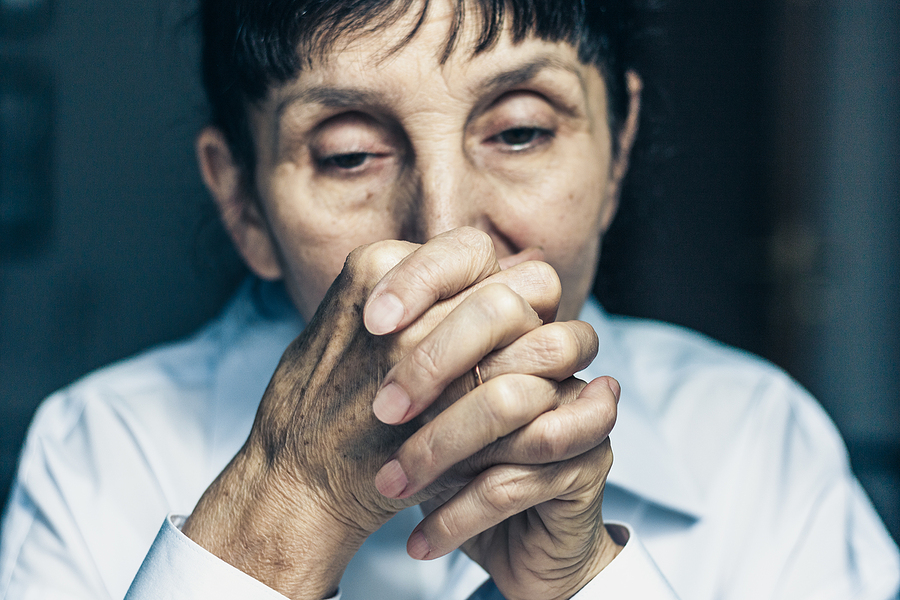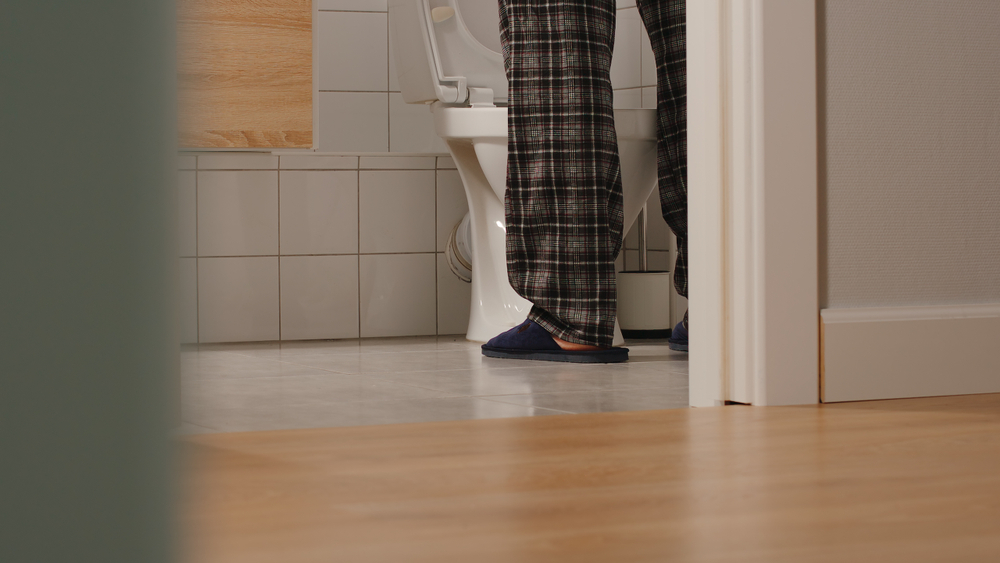Elderly Suicide: Prevention, Risk Factors, & More
Category:

A difficult and uncomfortable subject that nevertheless must occasionally be discussed is suicide among the elderly. Despite the fact that we don’t often think of older adults when we consider suicide, it is unfortunately an issue. According to the American Association for Family and Marriage Therapy, “older adults make up 12% of the population, but account for 18% of all suicide deaths.” Elderly suicide statistics get worse as a person ages, with the highest possibility of elderly suicide in those over age 85. Since older adults do not typically seek help for mental health problems, it is up to family, friends, and caregivers to watch for signs and do their best to prevent suicides before they happen.
Elderly Suicide Risk Factors
There are several factors that can contribute to suicide in older adults.
-
Relationship issues – the number one cause of suicide. Breakups and divorces are traumatic and cause huge changes in a person’s life. Post-relationship suicide risk increases over the age of 50 and is significantly higher in men than women.
-
Life crisis – suicide can happen as soon as two weeks after a life crisis, typically the loss of a spouse.
-
Substance abuse – one in three suicides are connected to substance abuse, usually alcohol.
-
Physical health issues – The physical health issues that most often lead to death by suicide include traumatic brain injury, sleep disorders, and HIV.
-
Employment/Financial Stress – In general, people are working longer and retiring later in life. This could be because people are staying healthier longer, but can also mean a person is struggling financially and must continue working.
Elderly Suicide Prevention
Suicide is preventable, and knowing what to look for will help. Some warning signs that your elderly loved one may be contemplating suicide are:
-
Losing interest in life, including things or activities that they once found enjoyable
-
Cutting back on social interaction, self-care, and grooming
-
Going off diets or not taking prescriptions
-
Putting affairs in order, giving things away, and making changes to a will
-
Expressing suicidal intent
A person who expresses suicidal thoughts should always be taken seriously. Though it is difficult, don’t be afraid to talk to an elderly loved one about their suicidal thoughts or feelings. Often talking will help release the emotions. Don’t keep dangerous secrets – let others know a loved one is in trouble so everyone can help and show concern. You can also seek professional help. Even a short amount of therapy can be extremely beneficial, especially when combined with medication for depression.
Finally, if you believe or even suspect a loved one may be suicidal, remove as many lethal means as possible. Get firearms out of the house, and if possible remove medications that could easily lead to overdose. Keep a close eye on your loved one – some suicidal elderly people have been known to try starving themselves to death.
Suicide is a difficult topic and can be scary to just think about let alone encounter. Remember there are organizations that are here to help. If you or a loved one are experiencing suicidal thoughts, or you are concerned about an elderly friend or loved one, you can visit suicidepreventionlifeline.org or call 800-273-8255. You can find more information, including programs and agencies specific to your state at the Suicide Prevention Resource Center.
Subscribe
Date: 2020-09-29
Category:


